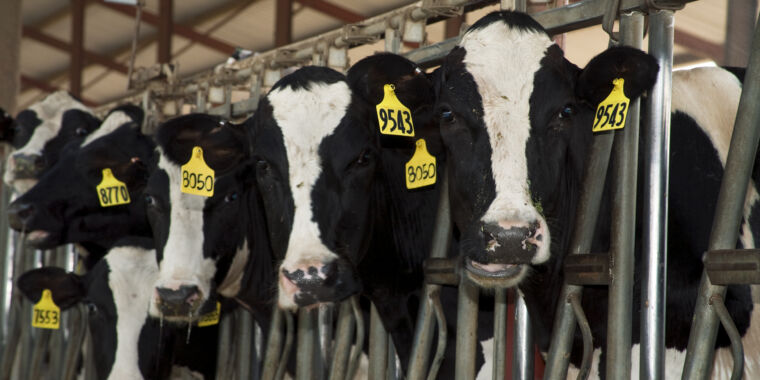Analysis of Genetic Spillover of Bird Flu into US Dairy Cattle
The recently released unpublished version of genetic analysis by the US Department of Agriculture sheds comprehensive light on the spillover and spread of bird flu into US dairy cattle. This analysis presents crucial insights into the outbreak, ranging from the potential start date of the outbreak to the extent of unobserved transmission, unknowns surrounding the single human infection related to the outbreak, and the continuous evolution of the virus within cows. The significance of this information lies in highlighting the risk of potential evolution of the flu virus to spread among humans and trigger a pandemic.
Challenges in Obtaining Information
Despite the critical nature of this information, obtaining it has proven to be a challenge. Following the confirmation on March 25 that a herd of US dairy cows had been infected with the avian influenza H5N1 virus, the USDA faced international criticism for not promptly sharing complete data. Although the agency released over 200 genetic sequences into public databases on April 21, numerous sequences lacked descriptive metadata such as the time and location of sample collection. This limited the ability of outside experts to conduct thorough independent analyses. The recently published USDA analysis, likely containing this essential metadata, now provides the most comprehensive overview of the outbreak to date.
Undetected Spread
One significant finding from the USDA analysis is the indication that the spillover of bird flu from wild birds to cattle may have started in December of the preceding year, remaining undetected in dairy cows for approximately four months until the USDA’s confirmation in March. This timeline aligns with previous deductions by outside experts, highlighting concerns over the country’s ability to detect and respond rapidly to emerging infectious diseases.
Moreover, the genetic analysis reveals gaps in our current understanding of the outbreak, despite the identification of 36 infected herds in nine states. While the USDA has established connections between most infected herds, gaps in the data indicate potential unidentified transmissions, either within unsampled cows or other animal species. The genetic data underscores the ease with which this strain of bird flu, H5N1 clade 2.3.4.4 genotype B3.13, can spread from cattle to other mammals, with instances of transmission to poultry, raccoons, domestic cats, and wild birds reported.
The USDA researchers caution that the existing analysis suggests the likelihood of this genotype circulating in unsampled locations and hosts, signaling the need for enhanced surveillance to mitigate potential transmission.
Image/Photo credit: source url





